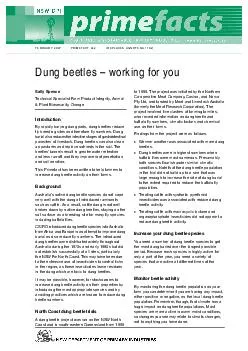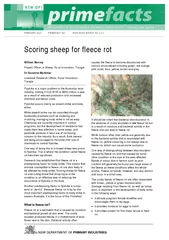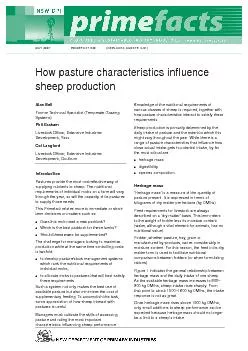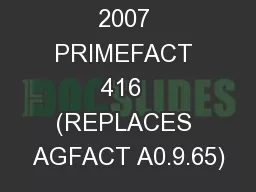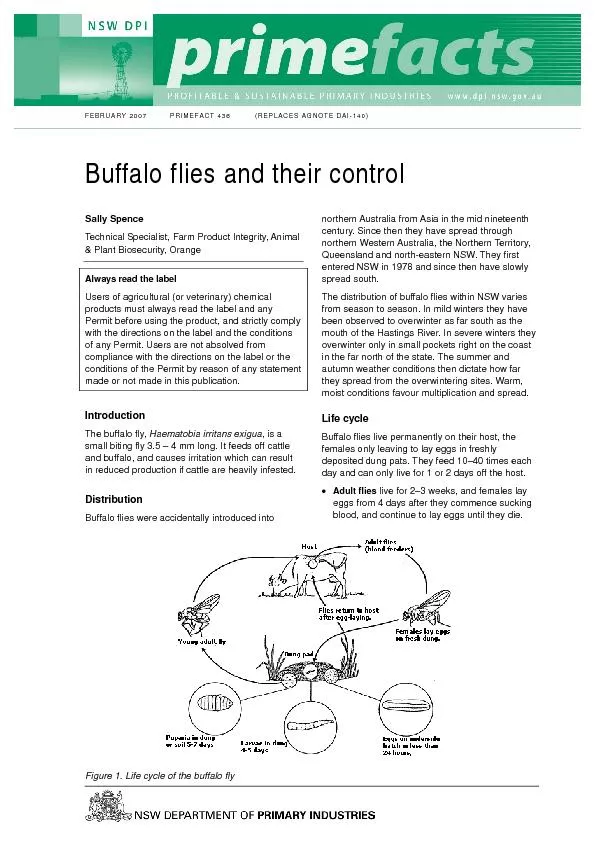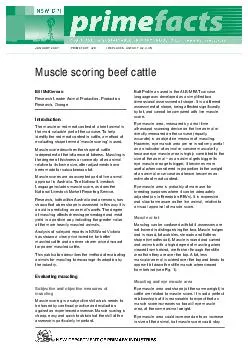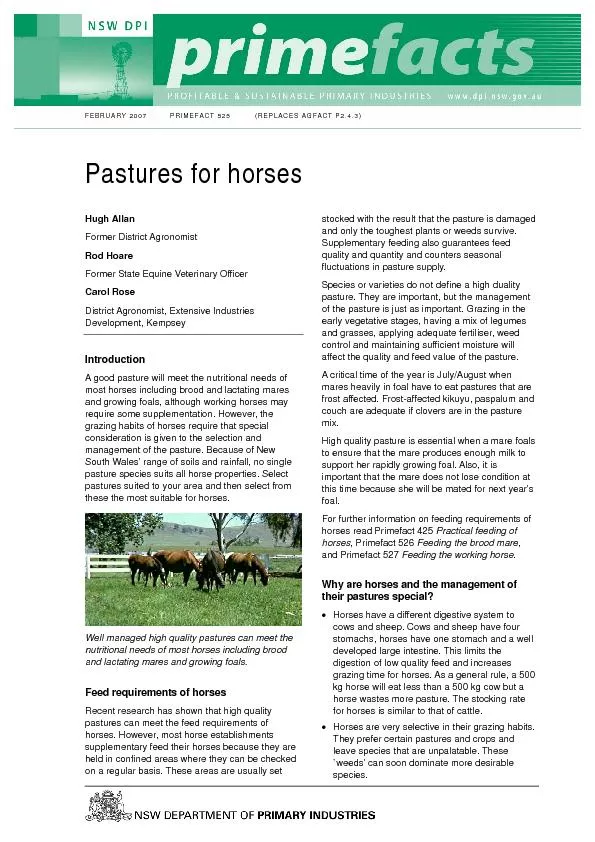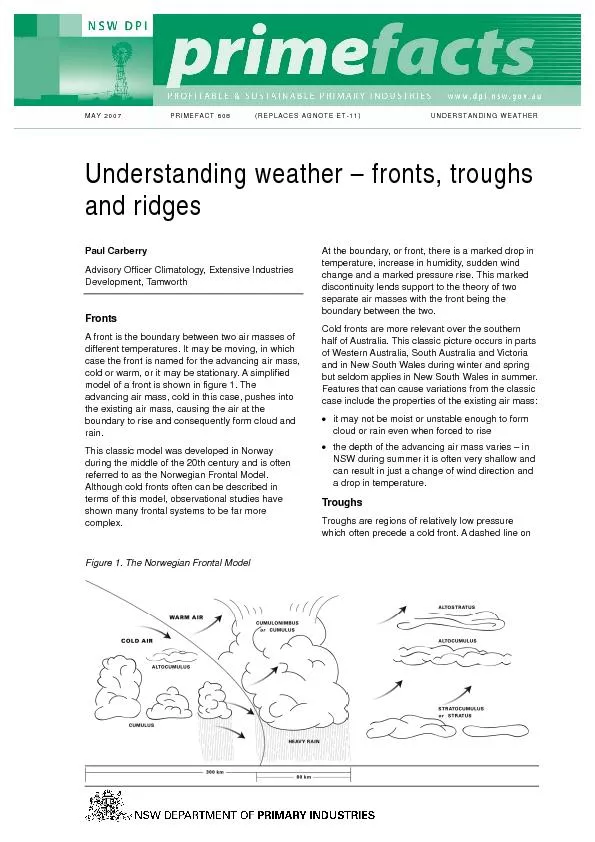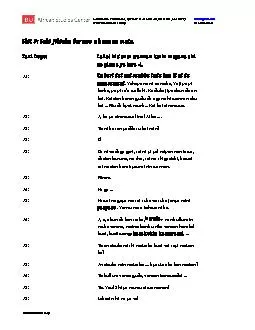PDF-FEBRUARY 2007 PRIMEFACT 442 (REPLACES AGNOTE DAI-102)
Author : stefany-barnette | Published Date : 2016-05-30
Dung beetles 150 working for you Sally Spence Technical Specialist Farm Product Integrity Animal Plant Biosecurity Orange Introduction By rapidly burying dung pads
Presentation Embed Code
Download Presentation
Download Presentation The PPT/PDF document "FEBRUARY 2007 PRIMEFACT 442 (REPLACES A..." is the property of its rightful owner. Permission is granted to download and print the materials on this website for personal, non-commercial use only, and to display it on your personal computer provided you do not modify the materials and that you retain all copyright notices contained in the materials. By downloading content from our website, you accept the terms of this agreement.
FEBRUARY 2007 PRIMEFACT 442 (REPLACES AGNOTE DAI-102): Transcript
Download Rules Of Document
"FEBRUARY 2007 PRIMEFACT 442 (REPLACES AGNOTE DAI-102)"The content belongs to its owner. You may download and print it for personal use, without modification, and keep all copyright notices. By downloading, you agree to these terms.
Related Documents

